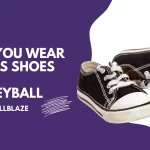Among volleyball’s most important roles is that of the libero.
Sometimes they are an entire foot shorter than their teammates, making them stand out with their different-colored jerseys!
Since the libero position has been introduced almost 25 years ago, it has become an essential part of the game.
This article will describe exactly what liberos do, which attributes make them world-class, and what you can do to become a better libero.
Let’s get started!
What is the definition of libero in volleyball?
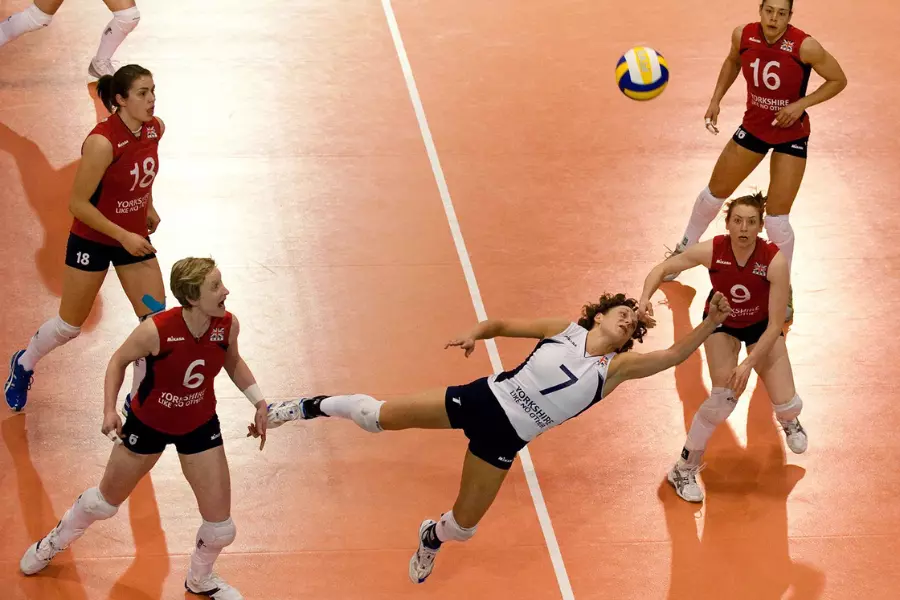
Generally playing in the back row, liberos cannot attack or block the ball if it is above the height of the net. Liberos can only be designated by one coach per set, and they must wear contrasting jerseys to distinguish themselves.
What is the libero’s role?
Men’s and women’s volleyball liberos specialize in the back row. Consequently, liberos will often be the first defenders on the team to respond to a serve or hit as a result of this limitation. During rotations to the back row, a libero usually replaces a team’s middle blockers.
What are the libero’s responsibilities?
Defending the back row is the responsibility of liberos. As they rotate only into backcourt positions, they have to know where the end-line and sideline are in order to avoid losing the ball if it is hit too far into the net.
It is important for the liberos in the front row to possess excellent ball control to set up scoring opportunities for the offensive volleyball players. When there is a serve-receive situation or a hit from the opposing team, they tend to take the first pass.
Is libero the hardest position?
As a volleyball player, you will often find yourself playing libero at some point. Back-row defensive specialists have physically and mentally demanding responsibilities. Another difficult volleyball skill is digging, which is the primary responsibility of the libero.
What are the benefits of being a libero?
Being a libero has many advantages. Volleyball players in this position are only required to concentrate on defense during a game, which helps them develop their specific skills. A volleyball rotation may give them more playing time than some of their other teammates since they are a vital part of it.
In between points, liberos are often responsible for keeping the team’s energy up and communicating with teammates about where the ball is.
You can also read Best Volleyball Shoes for Liberos
What does the libero do?
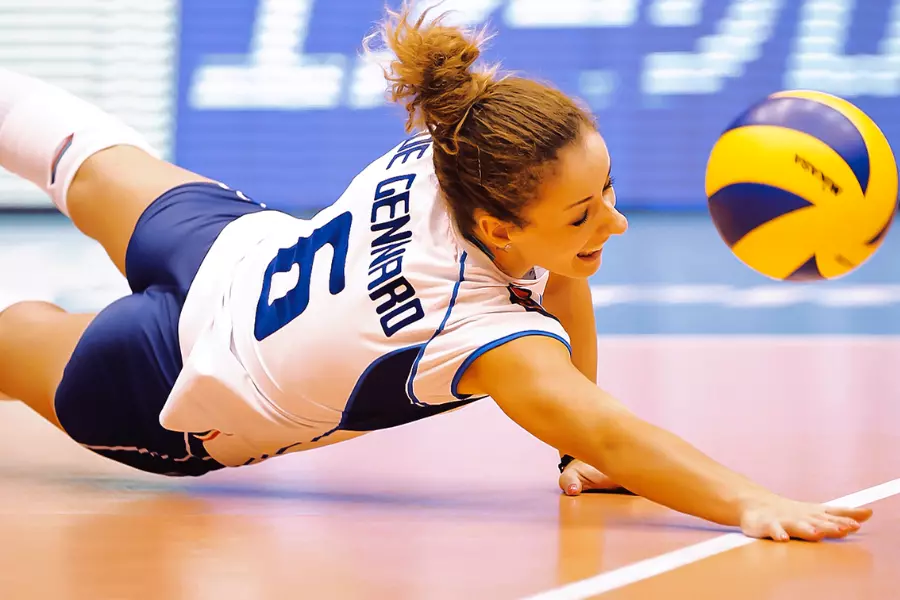
Liberos are defensive specialists on volleyball teams who dig and pass the ball primarily. An effective libero must be able to dig and pass well in the back row. Setters rely on them to set up the ball so that hitters can attack effectively.
Can the libero spike?
Whenever the ball is above the net height, the libero cannot attack it. In spite of this, the libero is allowed to jump and hit even behind the 10-foot line (also called the attack line) as long as the ball does not exceed the top of the net.
Additionally, if any of the libero’s teammates touch the ball above the net, the ball cannot be overhand set.
Can the libero serve?
There are situations and leagues in which a libero can serve. A libero can serve for a teammate eleven times per full volleyball rotation in the National Collegiate Athletic Association (NCAA).
A double substitution by the libero is the only time this can happen. The libero would return to the bench upon three rotations if Player 1 played middle blocker and the libero replaced Player 1 in the back row.
Player 2 may replace Player 1 without sitting out a set, however, if Player 2 plays middle blocker opposite Player 1.
In the future, when Player 2 reaches the front row, the libero will be required to sit while Player 1 serves. Player 1 may be replaced again by the libero after the serve.
In international competitions, this exception is not permitted.
Why is the libero not allowed to serve?
The International Volleyball Federation (FIVB) prohibits liberos from serving in high school, college, and club volleyball leagues. Women’s and men’s USA volleyball teams don’t have liberos serving during international matches, for example.
Before 2004, liberos could not serve in one rotation position in NCAA volleyball as well. In other words, they can only substitute for one teammate, not for any other. In high school volleyball, this rule change was later implemented.
Due to a desire to keep liberos strictly in defense roles, they weren’t allowed to serve initially. By incorporating defensively strong players rather than stacking a team with powerhouse hitters, a more exciting and dynamic game was created.
Liberos today have some limited involvement in their teams’ offense, such as serving, because most leagues have amended their rules to accommodate this. Liberos still play a more strictly defensive role in international play.
You may enjoy reading The 5-1 Volleyball Rotation
Why do teams use a libero?
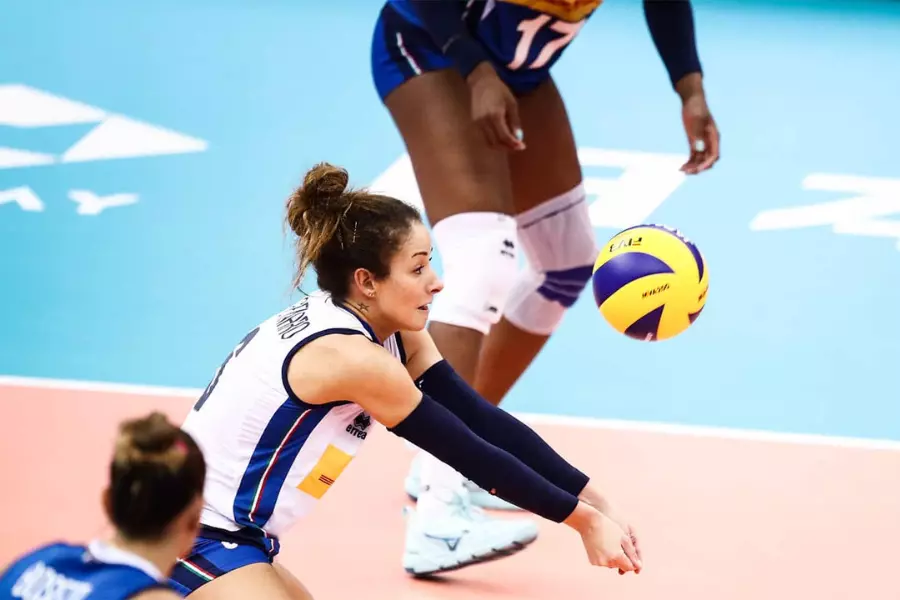
Liberos aren’t required in volleyball, but most coaches use them because:
- Defensive skills: Liberos generally have better passing and digging skills than hitters, so they can be useful when hitters rotate to the backcourt. By doing so, liberos and hitters are able to focus on their strongest skills instead of wasting time on less-skilled tasks.
- Roles for shorter players: Due to its limitations in the back row, the libero position allows shorter players who possess excellent digging and passing skills to play a vital role in a volleyball team. Due to the rotation, short players were more limited in what they could contribute to a team before the libero position was created.
- Unlimited substitutions: Volleyball games do not allow unlimited substitutions. Unlike middle blockers or outside hitters, liberos do not count against the team’s total, so they can substitute for either without affecting other substitution options.
Are all liberos short?
There is no rule that liberos must be short. Since volleyball favors players with height, a libero might be short in comparison to other teammates.
As defensive specialists, liberos may benefit from a lower center of gravity when playing fast digs. Liberos are also prohibited from completing a block or hit when it exceeds the net’s height, so being tall isn’t necessary to succeed.
You may enjoy reading Volleyball Setter Hand Signals
When were volleyball liberos first introduced?
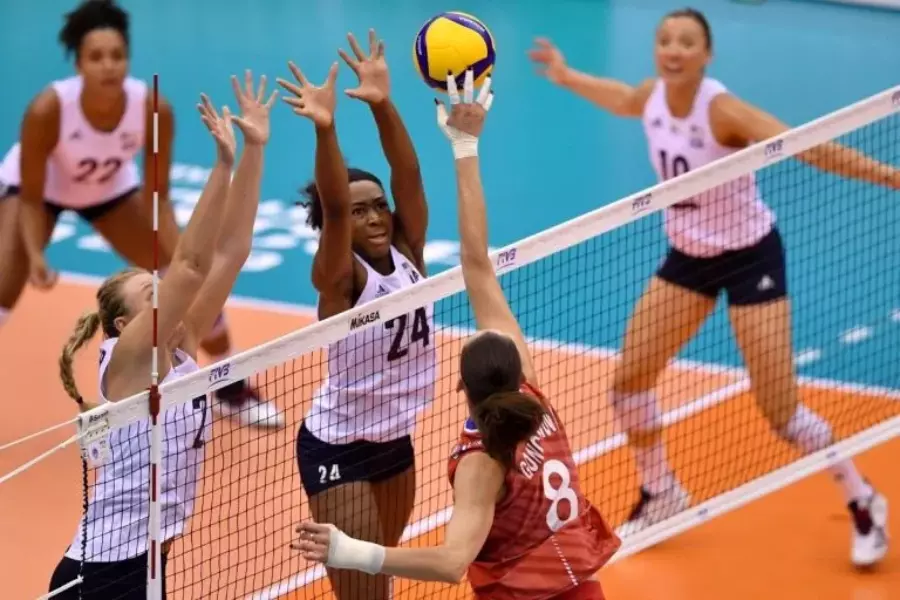
International play with liberos began in 1998. The libero position was used for the first time at the Sydney 2000 Olympic Games. During the 2002 season, liberos made their NCAA debut.
Where does the word libero come from?
This position is described in two ways by the Italian word libero, which means “free”:
- Each team has an allotted number of substitutions per set. Libero replacements are free substitutions.
- Traditional rotational rules do not apply to the libero. The libero is free to roam the back row at will.
What is a libero in soccer?
Association football (soccer) also has a libero position. Liberos are defensive specialists in volleyball, similar to defenders in soccer. Soccer also uses the term “free” because of its meaning in Italian.
As the last position in the defensive line, the libero is also known as a sweeper. In front of the goalkeeper, they play behind the other defenders. Whenever a ball gets past the defensive line, they sweep it up. As opposed to other defenders, they don’t have specific targets on the opposing team. In this manner, they can roam the back line as needed to assist in defense, leaving them “free” to move wherever they need to go.
The substitution of a soccer libero counts against a team’s total substitutions, which is a crucial difference between volleyball liberos and soccer liberos. Unlike volleyball liberos, they are not frequently substituted in and out.
You may enjoy reading Volleyball Setter Drills
Who can a volleyball libero replace?
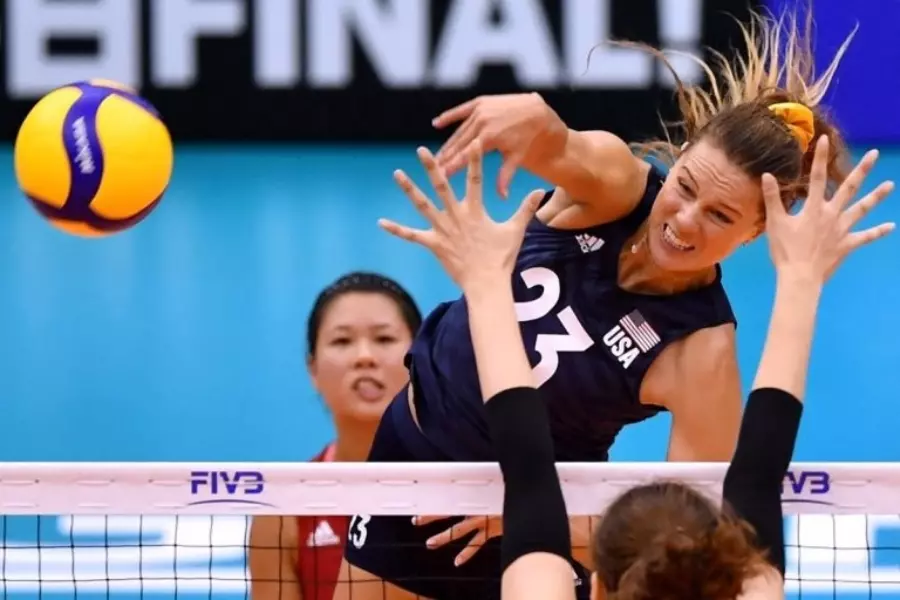
In the back row rotations, the libero takes the place of one player, who must enter the game again before reaching the front court for the libero.
Substituting between back-row players is allowed when the ball is not in play by the libero. A libero replacing a player does not count against a team’s total substitution limit per set when he substitutes for that player.
Liberos are rarely included in starting lineups. Volleyball coaches usually sub in their libero before the first serve instead of their starting player. A player who is subbed out for the libero can only be replaced later in the volleyball rotation by the player who was subbed out for the libero.
What is the libero’s jersey number?
A libero’s jersey number must be a legal one that no one on their team wears. There is no specific number that liberos must wear on the court, but they must wear a different color jersey than the rest of their team.
Why do liberos wear a different color jersey?
To help officials keep track of liberos entering and exiting the court, liberos wear contrasting jersey colors. This distinction is important because subbing a libero does not count against a team’s substitution limit.
You may enjoy reading Libero Volleyball Drills
Commentary examples of libero
1. Timmons’ strong spike is successfully dug up by the libero in a diving maneuver. Brazil and the USA continue their long volley while the crowd erupts.
2. In a dramatic turn of events, Hentz sprints past her teammates’ end line to catch an errant buzz pass. In just a few seconds, she reaches it and retrieves it.
Volleyball Libero FAQs
Do you need to have a libero in volleyball?
Liberos are not required to be included in teams’ lineups. Nowadays, the majority of people do, but it is not necessary to do so.
In volleyball, how do you pronounce ‘libero’?
Lib-eh-row, lee-bro, and lib-bear-row are all perfectly fine ways to pronounce libero,
1. lib-eh-row
2. lee-bro
3. lib-bear-row
Personally, I use lib-eh-row since that’s how I was raised, but all three are acceptable globally.
Can a libero spike in volleyball?
If the ball is not (entirely) above the net, the libero is allowed to spike it.
Since you can’t strike the ball above the net, it isn’t really considered an attack since you can only strike it with one hand.
The libero might backpedal out of the court in order to dig a ball that came off the block high. As a last resort, they might throw the ball high into the air.
Can a libero be team captain in volleyball?
Depending on where you play, this rule may apply. A recent rule change by USA Volleyball has allowed liberos to serve as team captains within the US, however, outside of the country, liberos are not allowed to do so.
There is no clear explanation for why this rule exists. Due to the libero’s constant movement in and out of the game, it is said that the captain might have difficulty communicating with the referee.
Since middle blockers also sub out frequently, I don’t think it makes a whole lot of sense for MBs to be captains and liberos not to be.
How do you deal with bruises as a libero?
There is nothing wrong with knee pads, and some players like to wear elbow sleeves as well.
Younger players have also been seen wearing elbow sleeves, knee pads, and forearm pads.
The truth is, bruising is inevitable, especially if you’re a liberator! You’ll have to get used to it!
Conclusion
Finally, a libero plays a unique role in volleyball that combines defense, passing, and digging. In order to improve the overall performance of their team, they wear different jerseys, have specific responsibilities, and have some restrictions.
Keep an eye on the libero’s impressive defensive abilities the next time you watch a volleyball match.
You can also read Volleyball Setter Workouts

